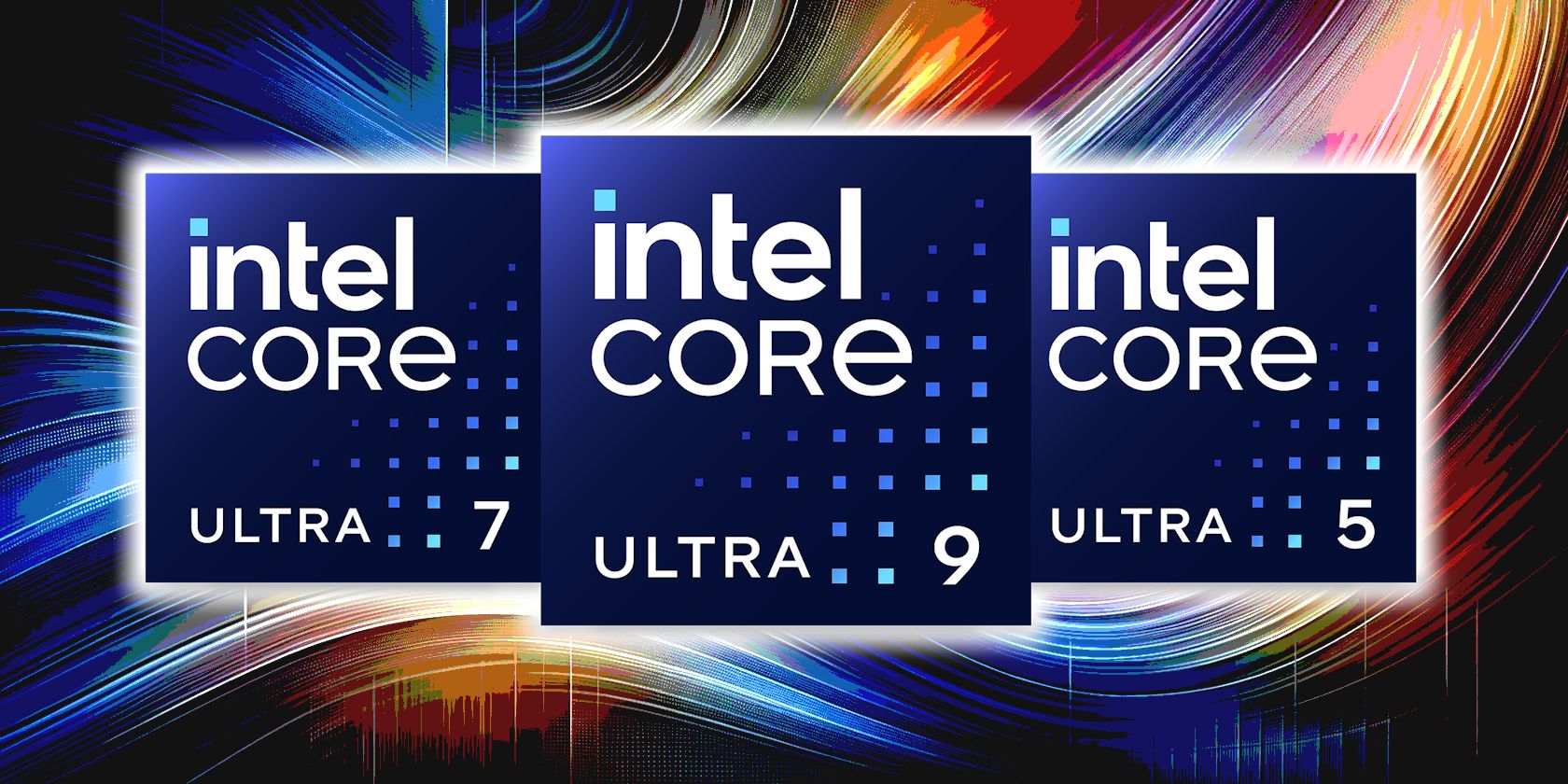Intel Arrow Lake vs. Raptor Lake CPUs: A Technical Comparison
Monday, August 12, 2024Intel Arrow Lake vs. Raptor Lake CPUs: A Technical Comparison
Intel’s ongoing innovation in CPU technology has brought us two impressive processor families: Raptor Lake and the upcoming Arrow Lake. Both promise significant advancements, but how do they stack up against each other? Let’s dive into the technical details and performance metrics to understand the differences and what they mean for consumers.
Intel Core Ultra CPUs Sale on Amazon
Architecture and Performance
Raptor Lake, Intel’s 13th generation of processors, builds on the success of Alder Lake with improvements in performance and efficiency. It features a hybrid architecture combining high-performance cores (P-cores) and high-efficiency cores (E-cores). This design allows for better multitasking and power management, making it ideal for both gaming and productivity tasks.
Arrow Lake, on the other hand, is set to be a game-changer. Expected to launch in late 2024, Arrow Lake promises a 25% to 35% performance boost over its predecessor, Meteor Lake. This leap is attributed to architectural enhancements and a refined manufacturing process. Arrow Lake will also feature an improved integrated GPU, offering over twice the performance of Raptor Lake’s iGPU.
Power Efficiency
One of the standout features of Arrow Lake is its power efficiency. Intel claims that Arrow Lake CPUs will consume up to 100W less power than Raptor Lake while maintaining high performance levels. This reduction in power consumption is crucial for both desktop and mobile users, as it translates to lower energy bills and longer battery life for laptops.
Thermal Management
Thermal management is another area where Arrow Lake is expected to excel. The reduced power consumption not only improves efficiency but also helps in managing heat dissipation more effectively. This means quieter cooling solutions and potentially higher overclocking headroom for enthusiasts.
AI and Machine Learning
While Raptor Lake introduced some AI capabilities, Arrow Lake is set to push the boundaries further. However, it’s worth noting that Arrow Lake’s AI performance, measured in TOPS (Tera Operations Per Second), might not see a significant leap from Meteor Lake. The real advancements in AI are expected with Intel’s Lunar Lake, which will follow Arrow Lake.
Market Position and Availability
Raptor Lake has already established itself as a strong contender in the CPU market, with widespread availability and support. Arrow Lake, however, is anticipated to have a staggered release, with desktop CPUs potentially seeing a paper launch in late 2024 and broader availability in early 2025. This phased rollout could impact early adopters looking to upgrade immediately.
Conclusion
In summary, Arrow Lake represents a significant step forward in Intel’s CPU lineup, offering substantial improvements in performance and power efficiency over Raptor Lake. While Raptor Lake remains a solid choice for current users, those looking to future-proof their systems might find Arrow Lake’s advancements worth the wait.
For tech enthusiasts and professionals, the choice between Raptor Lake and Arrow Lake will depend on specific needs and timelines. Whether it’s the immediate availability and proven performance of Raptor Lake or the promising advancements of Arrow Lake, Intel continues to push the envelope in CPU technology.

